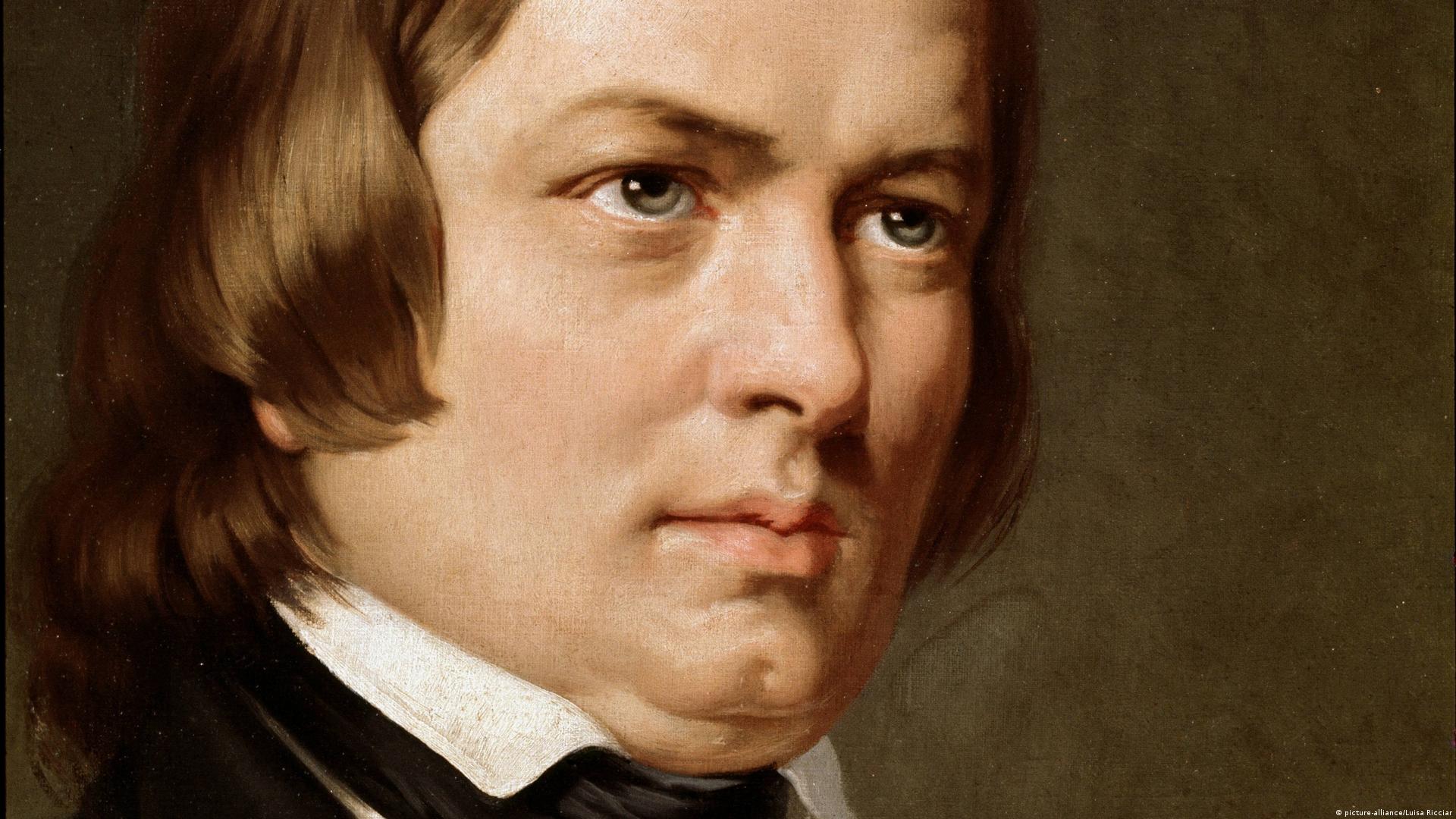The History of Symphony No. 4 in D Minor, Op. 120 by Robert Schumann
Robert Schumann, one of the most influential Romantic composers of the 19th century, created a body of work filled with emotional depth, literary allusions, and innovative musical structures. Among his orchestral compositions, the Symphony No. 4 in D Minor, Op. 120, stands out for its unique history and ambitious design. Though numbered as his fourth, it was originally conceived as his second symphony, and its complex evolution tells us much about Schumann’s artistic development and personal challenges.
The Origins in 1841
Schumann composed the original version of the Symphony in D Minor in 1841, the same fruitful year in which he also wrote his Symphony No. 1 in B-flat major (“Spring”) and several other orchestral works. Inspired by his recent marriage to the pianist and composer Clara Wieck, Schumann was in a period of intense creativity and emotional high. The D Minor Symphony was completed quickly, with its premiere taking place on December 6, 1841 in Leipzig under the direction of Ferdinand David.
Despite Schumann’s enthusiasm, the initial reception of the symphony was lukewarm. Audiences and critics did not immediately grasp the innovative nature of the piece, and the composer decided not to publish it at the time. He set it aside, turning his attention to other projects, including his piano concerto and chamber music.
A Bold Revision in 1851
A decade later, in 1851, Schumann revisited the symphony while serving as music director in Düsseldorf. By then, he had gained greater confidence in his orchestration skills and had a clearer vision for the piece. He extensively revised the original score, thickening the orchestration and altering the transitions between movements. This new version was published in 1853 as his Symphony No. 4 in D Minor, Op. 120, although chronologically it was his second.
The revised symphony was now presented as a cyclic composition, where all four movements are interconnected and performed without breaks. Thematic material recurs throughout the symphony, giving it a structural cohesion that was unusual for the time. This approach aligned with the Romantic ideal of the symphony as a continuous, unified artistic expression.
Structure and Innovation
Schumann’s Symphony No. 4 is in four movements, but they unfold seamlessly:
- Ziemlich langsam – Lebhaft (Fairly slow – Lively)
- Romanze: Ziemlich langsam (Romance: Fairly slow)
- Scherzo: Lebhaft (Lively)
- Langsam – Lebhaft (Slow – Lively)
One of the most innovative aspects of the work is its motivic unity. Themes introduced in the first movement return in various guises throughout the symphony. The Romanze, delicate and lyrical, leads directly into the energetic Scherzo, and the final movement brings the piece full circle with material reminiscent of the opening. This cyclical design was a bold departure from the more segmented symphonic structures of Schumann’s contemporaries.
Clara Schumann and the Debate Over Versions
After Schumann’s death in 1856, his widow Clara Schumann championed the 1851 version as the definitive one, believing it to be truer to her husband’s mature vision. As a result, the original 1841 version remained unpublished until 1891, when Johannes Brahms, a close friend and protégé of the Schumanns, arranged for its publication. Brahms preferred the lighter and more transparent orchestration of the original, which he felt better reflected Schumann’s intentions.
The existence of two versions has sparked ongoing debate among musicologists and performers. Some favor the revised 1851 version for its dramatic intensity and cohesion, while others prefer the 1841 version for its clarity and intimacy. Both are now performed and recorded, offering listeners a unique opportunity to hear two different interpretations of the same musical material by the same composer.
Legacy and Importance
Today, Symphony No. 4 in D Minor, Op. 120 is considered one of Schumann’s most important orchestral works. It reflects his deep understanding of thematic transformation, his experiments with symphonic form, and his emotional depth. Whether heard in its original or revised form, the symphony remains a compelling example of Romantic innovation and a testament to Schumann’s enduring genius.


Comments are closed